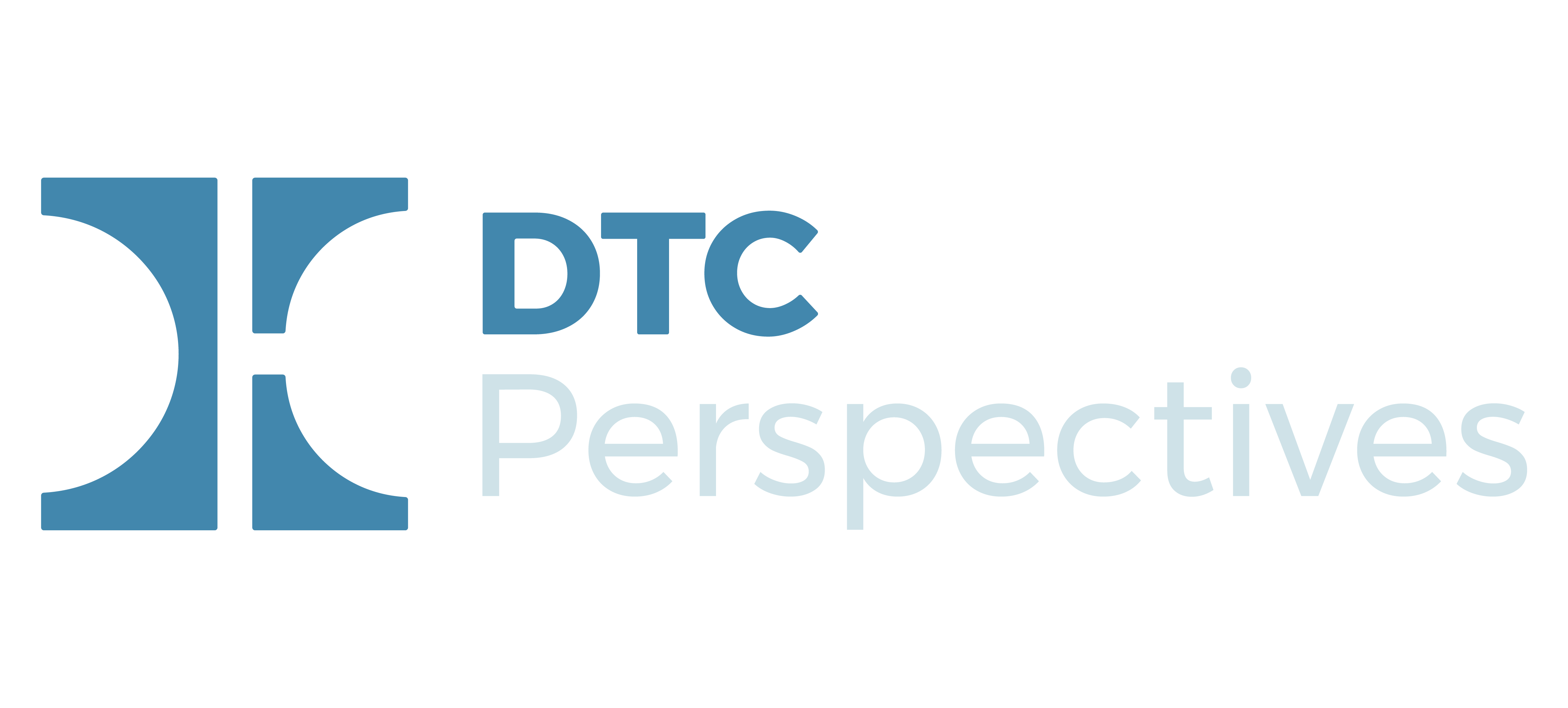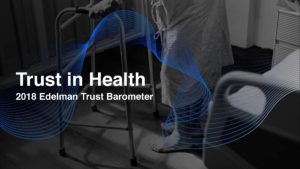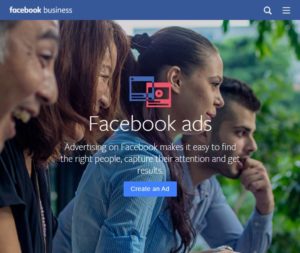 The latest chapter in the ebook, Modern Marketing: Pharma's Data-Powered AI Revolution, was released this Tuesday by Intouch Solutions and Digital Health Coalition. Chapter 4, Ask the Experts: The Pharma POV, revealed that “there are significant shifts away from AI being ‘not an issue today' to ‘becoming very important' in 2019” as 38% of respondents ranked AI as “very important” for 2019 (vs 25% for 2018). Perhaps more tellingly, just a mere “8% of pharma executives rank AI as having very low importance for 2019 – down from 21% in 2018.”
The latest chapter in the ebook, Modern Marketing: Pharma's Data-Powered AI Revolution, was released this Tuesday by Intouch Solutions and Digital Health Coalition. Chapter 4, Ask the Experts: The Pharma POV, revealed that “there are significant shifts away from AI being ‘not an issue today' to ‘becoming very important' in 2019” as 38% of respondents ranked AI as “very important” for 2019 (vs 25% for 2018). Perhaps more tellingly, just a mere “8% of pharma executives rank AI as having very low importance for 2019 – down from 21% in 2018.”
The surveys conducted found that while pharma is still learning about AI and all it has to offer, some are already using AI for marketing (26%) or plans to use it are underway (30%). As the ebook noted, while companies would logically not chase every fad technology, “the greatest potential driver of future (or continued) investment in AI is … better customer insight.” Of the pharma executives surveyed, 17% are already reported a measurable value regarding better customer insights. “Beyond that, the second area is automating routine business processes (14%), following by increased efficiency (8%), and improving customer satisfaction (8%).”
Click here to access a copy of the ebook, which shares additional survey results, insights, and interviews with industry KOLs.


 Novo Nordisk launched a branded DTC campaign for Ozempic, a once-weekly GLP-1 injectable prescription for adults with type 2 diabetes that, along with diet and exercise, may improve blood sugar. The national
Novo Nordisk launched a branded DTC campaign for Ozempic, a once-weekly GLP-1 injectable prescription for adults with type 2 diabetes that, along with diet and exercise, may improve blood sugar. The national  Technology Media vs. Traditional Media
Technology Media vs. Traditional Media The theme of this month’s newsletter is consumer trends. Here’s a recent one worth talking about: According to
The theme of this month’s newsletter is consumer trends. Here’s a recent one worth talking about: According to 




